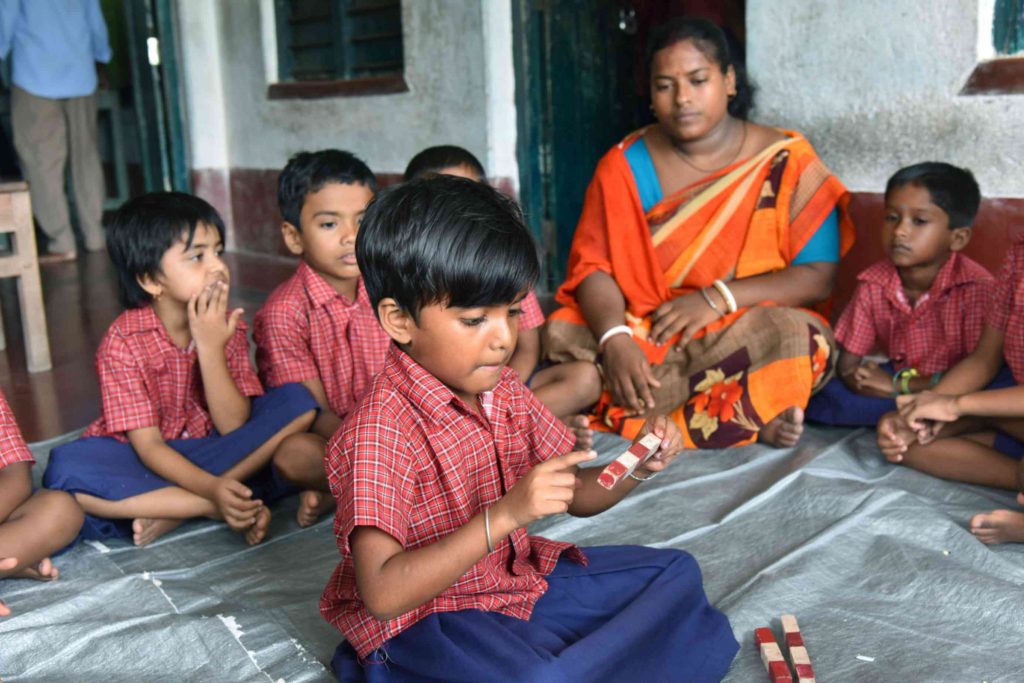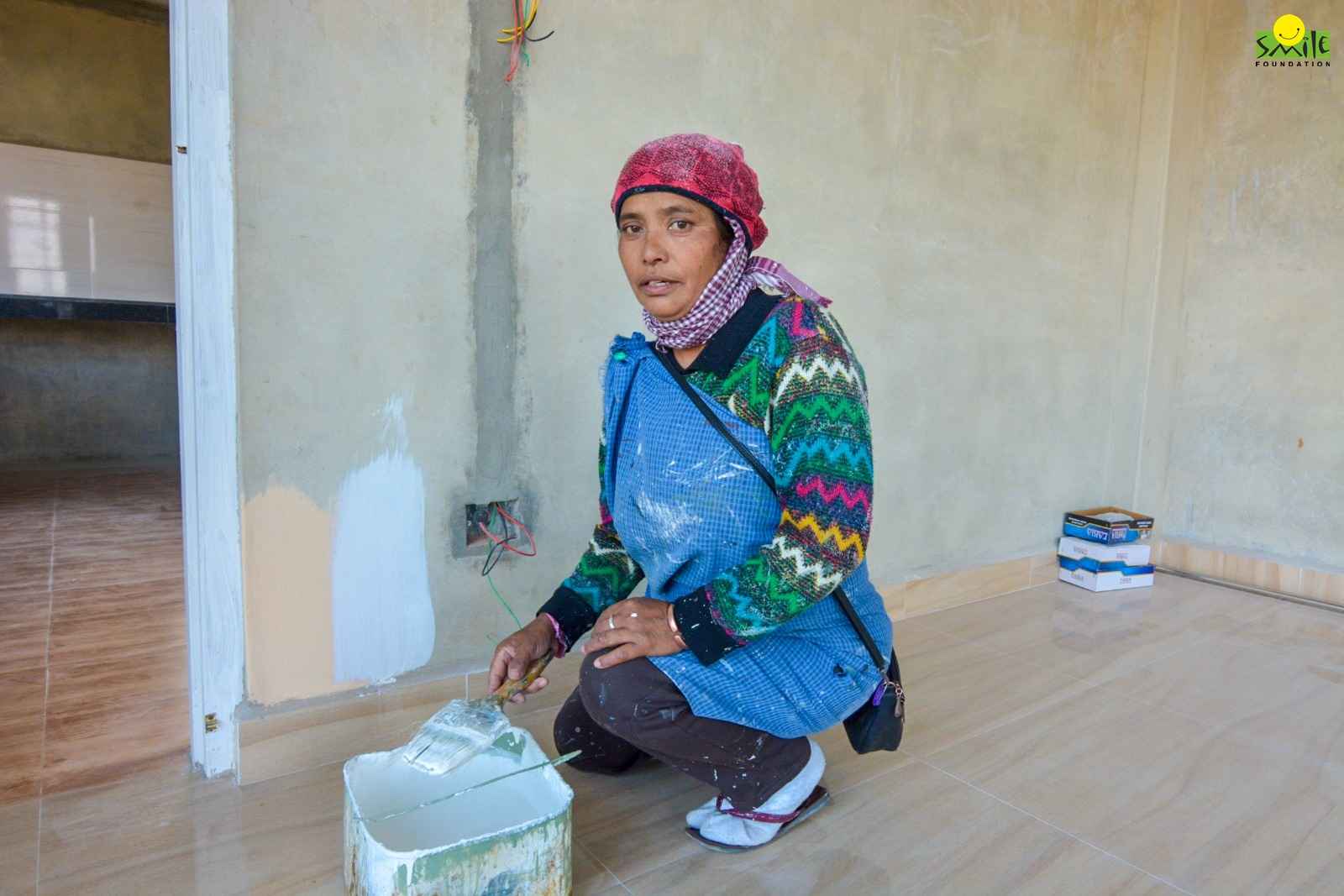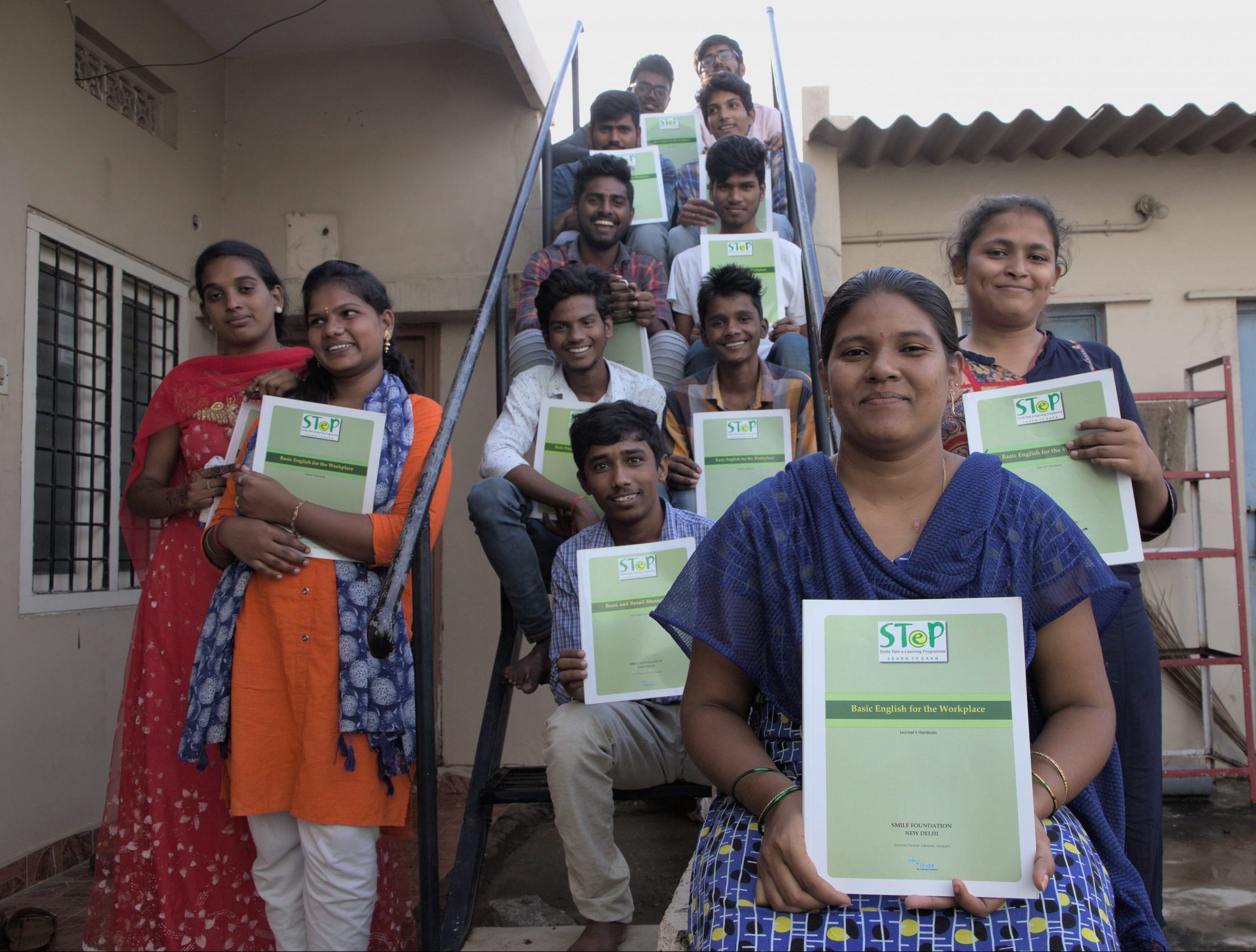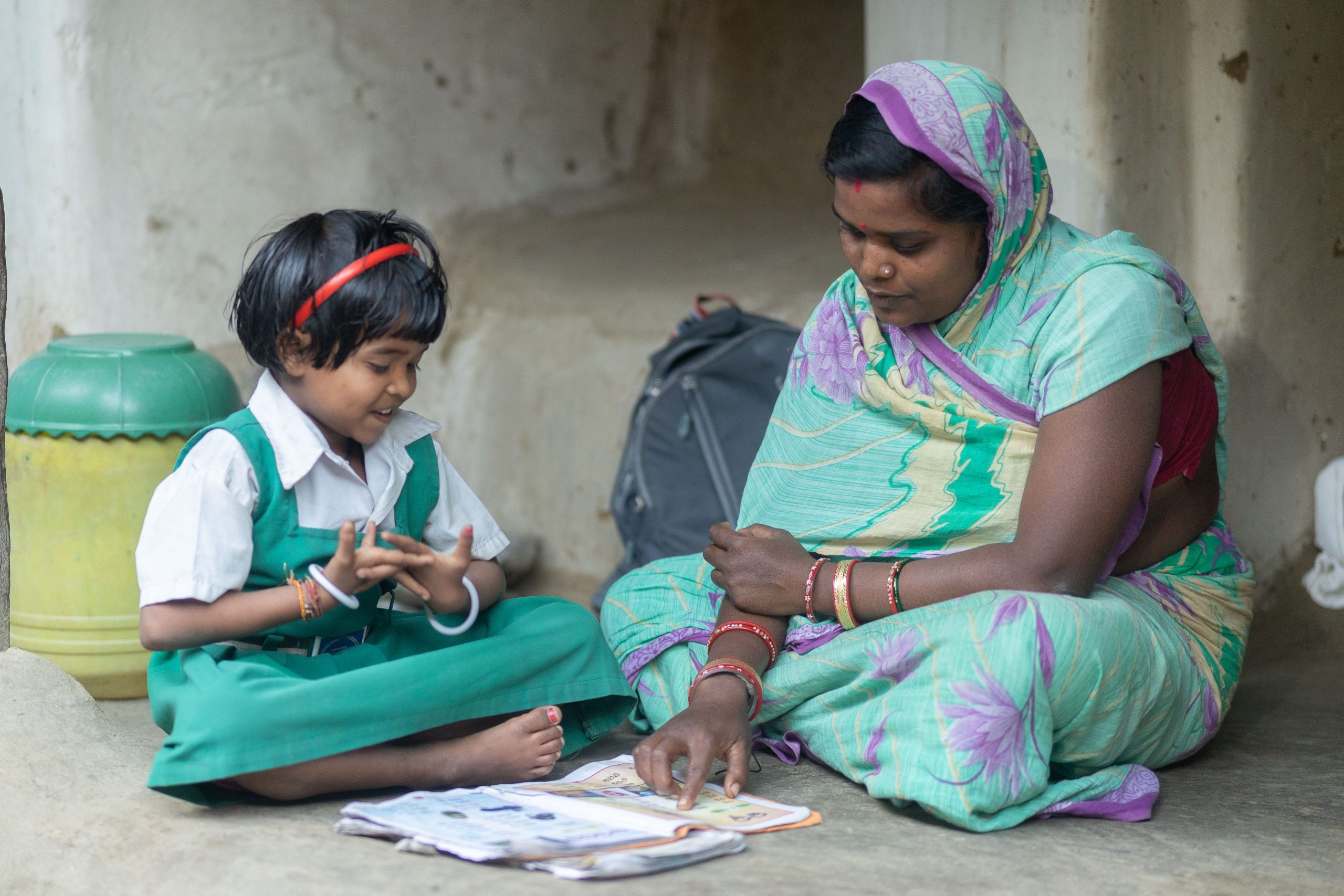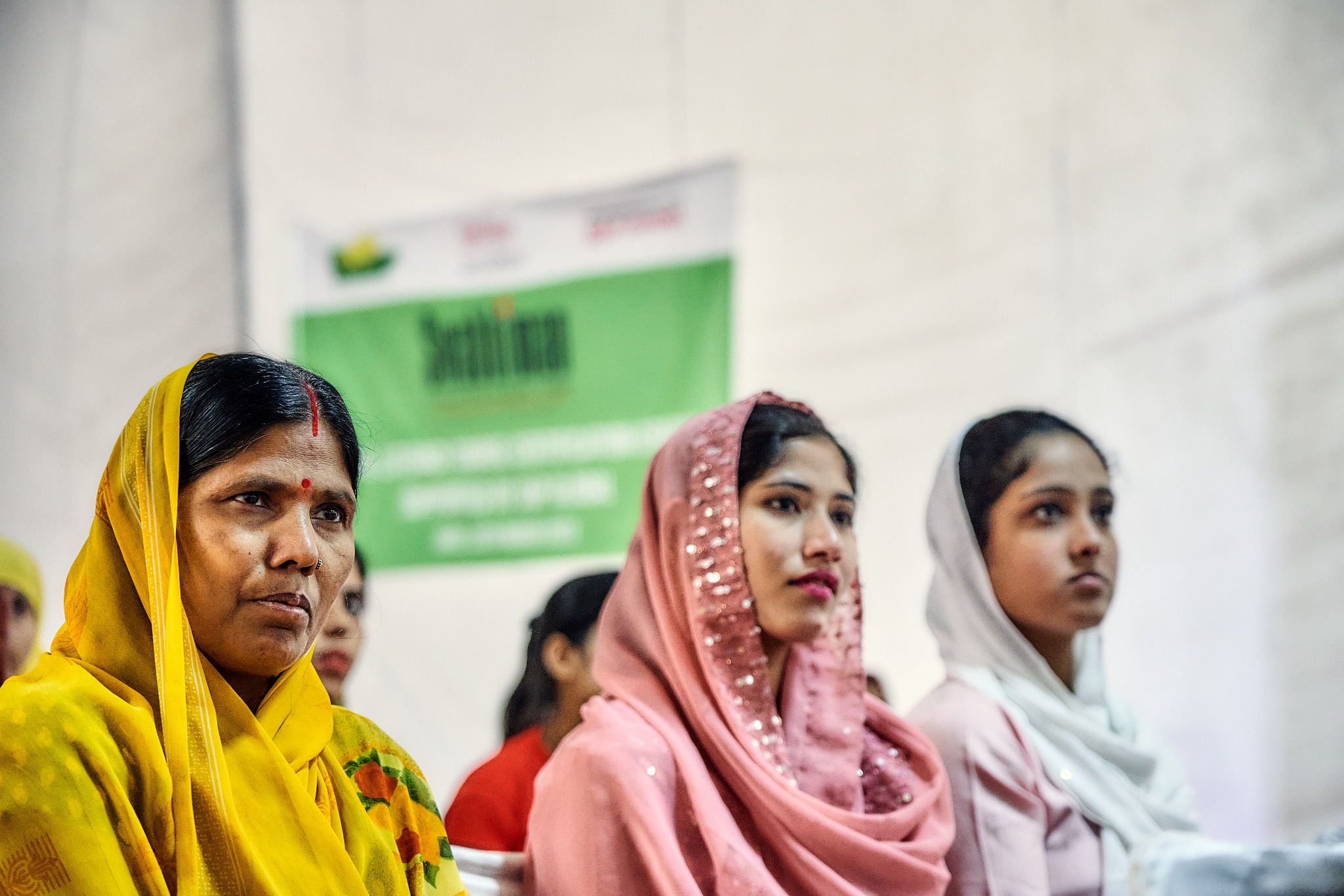The education system of India is one of the largest in the world, comprising millions of schools, colleges and universities. It caters to a population of over a billion people, reflecting the the vast cultural, linguistic and socio-economic diversity of the country. The National Education Policy (NEP) of India is a comprehensive framework that guides the development of education in the country. It sets out the vision, goals and strategies to address the evolving needs of its education system.
The National Education Policy (NEP) 2020 replaced the previous National Policy on Education formulated in 1986 and revised in 1992. The NEP 2020 focuses on foundational literacy and numeracy, restructuring school education, revamping higher education, promoting vocational education and leveraging technology for learning.
What’s there in NEP 2020?
- Universalisation of Early Childhood Care and Education (ECCE): Ensuring access to quality early childhood education for all children up to the age of six years.
- Foundational Literacy and Numeracy: Focusing on foundational literacy and numeracy skills to ensure that every child achieves basic proficiency in reading, writing, and mathematics by Grade 3.
- Reimagining School Education: Transforming the existing school curriculum and assessment practices to promote holistic development, critical thinking, creativity and experiential learning.
- Vocational Education: Integrating vocational education into mainstream schooling to provide students with practical skills and enhance their employability.
- Higher Education Reforms: Promoting multidisciplinary education, flexibility in choice of subjects and the establishment of Higher Education Commission of India (HECI) for regulatory oversight.
- Teacher Training and Professional Development: Enhancing the quality of teacher education programmes, continuous professional development and recruitment processes to ensure well-trained and motivated educators.
- Use of Technology in Education: Leveraging technology to facilitate personalised learning, access to digital resources and online education platforms.
- Equity and Inclusion: Ensuring equitable access to education for all socio-economic groups, gender equality, inclusion of marginalised communities and special provisions for students with disabilities.
Actionable NEP and its Success is a Collaborative Process
Implementing the National Education Policy (NEP) in government schools is a multifaceted endeavour that necessitates collaboration among various stakeholders. The NEP outlines ambitious goals and strategies to enhance the quality and accessibility of education across the country. However, translating these policies into actionable initiatives within government schools requires concerted efforts from government authorities, educators, administrators, parents, development organisations and the broader community.
Collaboration is crucial for successfully executing the National Education Policy (NEP) for several reasons. It brings
- diverse expertise on the table,
- by engaging multiple stakeholders, collaboration facilitates a holistic perspective,
- enables the efficient allocation and utilisation of resources,
- it brings sense of ownership in stakeholders which further helps in better implementation of NEP, and
- encourages innovation and creativity in problem-solving.
By building partnerships and fostering collaborative relationships, government schools can ensure the sustainability of reforms beyond the initial implementation phase of the NEP.
How the Actions of Stakeholders can make NEP Actionable?
- Government authorities play a central role in spearheading the implementation of National Education Policy in schools. They are responsible for developing clear guidelines, allocating resources and monitoring progress to ensure adherence to policy objectives.
- Educators are at the forefront of implementing NEP within government schools. They need to be equipped with the necessary training and support to incorporate innovative teaching methods, updated curriculum frameworks and assessment practices outlined in the policy.
- Administrators within government schools are responsible for coordinating activities, managing resources and providing logistical support to educators. Effective communication channels between administrators, teachers and other stakeholders are requisite for ensuring alignment with NEP objectives.
- Parents and the community can contribute by actively participating in school activities, providing feedback to educators and administrators and advocating for the allocation of resources to support educational initiatives. Community engagement initiatives such as parent-teacher associations, community outreach programmes and awareness campaigns can help foster a sense of ownership and accountability towards improving the quality of education in government schools.
- Development organisations are critical for NEP implementation in government schools, offering capacity building, resource mobilisation, curriculum development, teacher support, community engagement, monitoring, evaluation and advocacy. They provide training, resources and expertise to enhance education quality and promote inclusive, holistic learning environments. By collaborating with stakeholders, nonprofits contribute to the successful implementation of NEP initiatives, ensuring equitable access to quality education and empowering students for the future.
Collaboration among all stakeholders is highly needful for overcoming the challenges associated with actionable NEP in government schools. By working together towards a common goal like Smile Foundation does in its Mission Education (ME) programme, stakeholders can leverage their respective expertise, resources and networks to create a conducive environment for quality education. Through sustained efforts and collective action, NEP can be effectively translated into tangible outcomes that benefit students, educators and the broader community.
The implementation of the NEP 2020 requires coordinated efforts from central and state governments, educational institutions, teachers, parents and other stakeholders to realise its objectives and create a future-ready education system for India.



